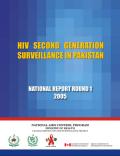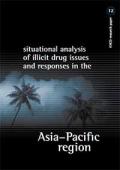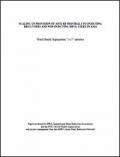Publications on People Who Inject Drugs (PWID)
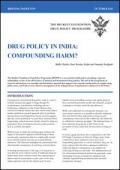
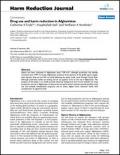

Female injecting drug users differ from their male counterparts in terms of their background, their reasons for using drugs, and their psychosocial needs. However, most HIV/AIDS prevention and care programmes are not reaching this vulnerable group because services are designed for men. Attempts to reach and work with female injecting drug users are limited and, in fact, gender sensitive services addressing the specific needs of female injecting drug users hardly exist in most countries.

This policy brief reviews the evidence to date on providing antiretroviral (ARV) therapy to HIV-positive injecting drug users. A number of related medical, psychological and social issues are also addressed including the need to manage drug interactions and the benefi t of harm reduction interventions in supporting optimum care for HIV-positive injecting drug users.








